Middle-earth, the enchanting world crafted by J.R.R. Tolkien, is a literary masterpiece celebrated for its intricate detail and depth. This fascinating setting, best known from The Lord of the Rings, has captivated readers and inspired writers for decades. In this light-hearted journey, let’s delve into some little-known trivia showcasing Tolkien’s creation’s brilliance.
A Linguistic Marvel
One of the most remarkable aspects of Middle-earth is its linguistic diversity. Tolkien, a philologist by profession, created entire languages for his world. Among these, Quenya and Sindarin, the languages of the Elves, stand out for their complexity and beauty. Quenya, inspired by Finnish, was the ancient and scholarly tongue, while Sindarin, influenced by Welsh, became the everyday language of the Elves. The level of detail in these languages is astonishing, with fully developed grammar and vocabulary, making them functional for communication.
A Hidden Verse
Many fans of The Lord of the Rings are familiar with the iconic verse about the One Ring, but few know that there are multiple versions of this verse in different languages within the world of Middle-earth. For example, the Black Speech inscription on the One Ring, “Ash nazg durbatulûk, ash nazg gimbatul,” translates to “One ring to rule them all, one ring to find them.” This verse exists in Elvish languages and the Common Speech, reflecting the linguistic diversity Tolkien meticulously created.
The Shire’s Real-World Inspiration
The idyllic Shire, home to the Hobbits, was inspired by the English countryside, particularly the areas around Sarehole Mill in Birmingham, where Tolkien spent part of his childhood. The lush, green landscapes, rolling hills, and quaint villages of the Shire echo rural England’s serene and pastoral beauty. Tolkien’s love for nature and the countryside is evident in his vivid descriptions of the Shire, making it a beloved and relatable setting for readers.
Mythological Roots
Tolkien’s world is deeply rooted in mythology and legend. The epic tale of Middle-earth draws from various mythological sources, including Norse, Celtic, and Finnish myths. For instance, the character of Gandalf bears similarities to Odin, the Norse god, often depicted as a wise wanderer with a staff. Similarly, the story of Beren and Lúthien in The Silmarillion parallels the Welsh myth of Culhwch and Olwen, highlighting Tolkien’s ability to weave familiar mythological elements into his unique narrative tapestry.
Inventing a Genre
While Tolkien did not invent the fantasy genre, his works, particularly The Hobbit and The Lord of the Rings, significantly shaped modern fantasy literature. His detailed world-building, complex characters, and epic storytelling set a new standard for the genre, inspiring countless authors and spawning an entire industry of fantasy fiction. The depth and richness of Middle-earth have made it a benchmark against which other fantasy worlds are often measured.
Geographic Precision
Tolkien’s attention to detail extended to the geography of Middle-earth. He drew detailed maps, ensuring that his characters’ journeys were consistent with the physical layout of the land. These maps are not just artistic renderings but functional guides that track the paths taken by characters such as Frodo and Sam. The meticulous care in creating these maps adds a layer of realism and immersion to the narrative, allowing readers to follow the epic quests with a sense of place and direction.
A Tale of Time
Middle-earth’s history spans thousands of years, with detailed chronicles of events in The Silmarillion and The History of Middle-earth series. Tolkien created extensive timelines and genealogies, documenting the rise and fall of kingdoms, the lineage of heroes, and the unfolding of pivotal events. This historical depth gives the world a sense of continuity and realism, making it feel like a living, breathing place with a rich past.
Unexpected Names
Some of the names in Middle-earth have unexpected origins. For example, the name “Gollum” comes from the guttural, gurgling noise the character makes. Meanwhile, the name “Saruman” has roots in Old English, meaning “man of skill.” These names are not chosen at random but reflect the characters’ personalities and roles within the story, adding another layer of meaning to Tolkien’s creation.
A Legacy of Inspiration
Tolkien’s Middle-earth continues to inspire new generations of writers, artists, and filmmakers. The success of Peter Jackson’s film adaptations of The Lord of the Rings and The Hobbit brought Tolkien’s world to a global audience, sparking renewed interest and appreciation for the books. The detailed world-building, compelling characters, and epic narratives of Middle-earth serve as a source of inspiration for creative minds, ensuring that Tolkien’s legacy endures.
In conclusion, J.R.R. Tolkien’s Middle-earth is more than just a setting for a story; it is a testament to the power of imagination and the beauty of detailed craftsmanship. These fun trivia facts highlight the depth and richness of Tolkien’s creation, offering a glimpse into the mind of a literary genius. Whether you’re a longtime fan or new to Middle-earth, these tidbits will surely enhance your appreciation for this timeless masterpiece.
We Don’t Want to Write the Laws; We Want to Publish the Books
We Believe in the Power of Authors Short Video: https://bit.ly/45z6mvf
Writers Reshape the World Short Video: https://bit.ly/47glKOg
Bringing Your Book to Market Booklet: https://bit.ly/2ymDVXx
Bringing Your Book to Market Short Video: https://bit.ly/3Q3g2JD




 This is Publication Consultants’ motivation for constantly striving to assist authors sell and market their books. Author Campaign Method (ACM) of sales and marketing is Publication Consultants’ plan to accomplish this so that our authors’ books have a reasonable opportunity for success. We know the difference between motion and direction. ACM is direction! ACM is the process for authorpreneurs who are serious about bringing their books to market. ACM is a boon for them.
This is Publication Consultants’ motivation for constantly striving to assist authors sell and market their books. Author Campaign Method (ACM) of sales and marketing is Publication Consultants’ plan to accomplish this so that our authors’ books have a reasonable opportunity for success. We know the difference between motion and direction. ACM is direction! ACM is the process for authorpreneurs who are serious about bringing their books to market. ACM is a boon for them. Release Party
Release Party Web Presence
Web Presence Book Signings
Book Signings Facebook Profile and Facebook Page
Facebook Profile and Facebook Page Active Social Media Participation
Active Social Media Participation Ebook Cards
Ebook Cards The Great Alaska Book Fair: October 8, 2016
The Great Alaska Book Fair: October 8, 2016


 Costco Book Signings
Costco Book Signings eBook Cards
eBook Cards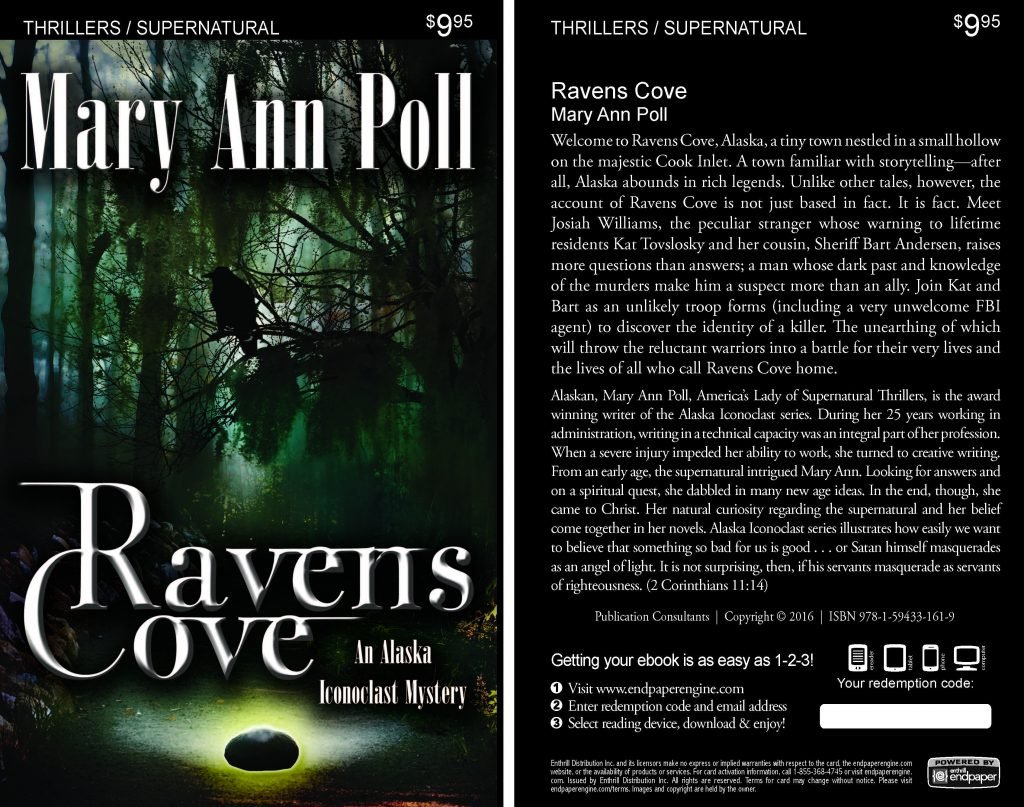

 Benjamin Franklin Award
Benjamin Franklin Award Jim Misko Book Signing at Barnes and Noble
Jim Misko Book Signing at Barnes and Noble
 Cortex is for serious authors and will probably not be of interest to hobbyists. We recorded our Cortex training and information meeting. If you’re a serious author, and did not attend the meeting, and would like to review the training information, kindly let us know. Authors are required to have a Facebook author page to use Cortex.
Cortex is for serious authors and will probably not be of interest to hobbyists. We recorded our Cortex training and information meeting. If you’re a serious author, and did not attend the meeting, and would like to review the training information, kindly let us know. Authors are required to have a Facebook author page to use Cortex. Correction:
Correction: This is Publication Consultants’ motivation for constantly striving to assist authors sell and market their books. ACM is Publication Consultants’ plan to accomplish this so that our authors’ books have a reasonable opportunity for success. We know the difference between motion and direction. ACM is direction! ACM is the process for authors who are serious about bringing their books to market. ACM is a boon for serious authors, but a burden for hobbyist. We don’t recommend ACM for hobbyists.
This is Publication Consultants’ motivation for constantly striving to assist authors sell and market their books. ACM is Publication Consultants’ plan to accomplish this so that our authors’ books have a reasonable opportunity for success. We know the difference between motion and direction. ACM is direction! ACM is the process for authors who are serious about bringing their books to market. ACM is a boon for serious authors, but a burden for hobbyist. We don’t recommend ACM for hobbyists.

 We’re the only publisher we know of that provides authors with book signing opportunities. Book signing are appropriate for hobbyist and essential for serious authors. To schedule a book signing kindly go to our website, <
We’re the only publisher we know of that provides authors with book signing opportunities. Book signing are appropriate for hobbyist and essential for serious authors. To schedule a book signing kindly go to our website, < We hear authors complain about all the personal stuff on Facebook. Most of these complaints are because the author doesn’t understand the difference difference between a Facebook profile and a Facebook page. Simply put, a profile is for personal things for friends and family; a page is for business. If your book is just a hobby, then it’s fine to have only a Facebook profile and make your posts for friends and family; however, if you’re serious about your writing, and it’s a business with you, or you want it to be business, then you need a Facebook page as an author. It’s simple to tell if it’s a page or a profile. A profile shows how many friends and a page shows how many likes. Here’s a link <> to a straight forward description on how to set up your author Facebook page.
We hear authors complain about all the personal stuff on Facebook. Most of these complaints are because the author doesn’t understand the difference difference between a Facebook profile and a Facebook page. Simply put, a profile is for personal things for friends and family; a page is for business. If your book is just a hobby, then it’s fine to have only a Facebook profile and make your posts for friends and family; however, if you’re serious about your writing, and it’s a business with you, or you want it to be business, then you need a Facebook page as an author. It’s simple to tell if it’s a page or a profile. A profile shows how many friends and a page shows how many likes. Here’s a link <> to a straight forward description on how to set up your author Facebook page.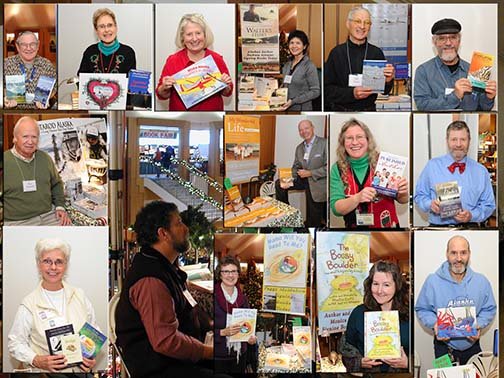



 Mosquito Books has a new location in the Anchorage international airport and is available for signings with 21 days notice. Jim Misko had a signing there yesterday. His signing report included these words, “Had the best day ever at the airport . . ..”
Mosquito Books has a new location in the Anchorage international airport and is available for signings with 21 days notice. Jim Misko had a signing there yesterday. His signing report included these words, “Had the best day ever at the airport . . ..”



 The Lyin Kings: The Wannabe World Leaders
The Lyin Kings: The Wannabe World Leaders
 Time and Tide
Time and Tide


 ReadAlaska 2014
ReadAlaska 2014 Readerlink and Book Signings
Readerlink and Book Signings
 2014 Independent Publisher Book Awards Results
2014 Independent Publisher Book Awards Results
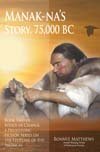
 Bonnye Matthews Radio Interview
Bonnye Matthews Radio Interview
 Rick Mystrom Radio Interview
Rick Mystrom Radio Interview When he published those overseas blogs as the book The Innocents Abroad, it would become a hit. But you couldn’t find it in bookstores.
When he published those overseas blogs as the book The Innocents Abroad, it would become a hit. But you couldn’t find it in bookstores. More NetGalley
More NetGalley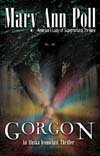 Mary Ann Poll
Mary Ann Poll
 Bumppo
Bumppo
 Computer Spell Checkers
Computer Spell Checkers Seven Things I Learned From a Foreign Email
Seven Things I Learned From a Foreign Email 2014 Spirit of Youth Awards
2014 Spirit of Youth Awards Book Signings
Book Signings

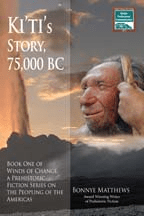
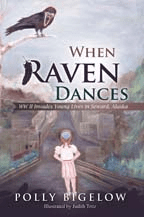 Blog Talk Radio
Blog Talk Radio Publication Consultants Blog
Publication Consultants Blog Book Signings
Book Signings



 Don and Lanna Langdok
Don and Lanna Langdok Ron Walden
Ron Walden Book Signings Are Fun
Book Signings Are Fun Release Party Video
Release Party Video
 Erin’s book,
Erin’s book,  Heather’s book,
Heather’s book,  New Books
New Books